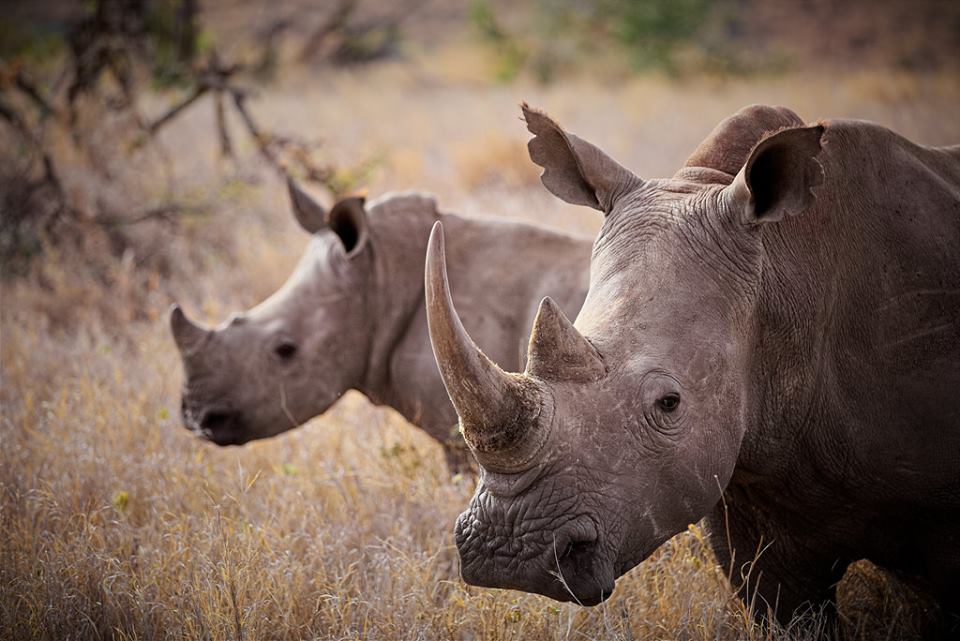
The Ngorongoro Crater is a large volcanic caldera located in the Crater Highlands of Tanzania, East Africa. Here’s some comprehensive information about the Ngorongoro Crater:
Access to the Ngorongoro Crater is usually through the town of Arusha in Tanzania, which serves as a gateway to various national parks in the region.






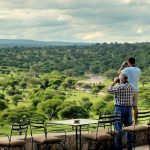
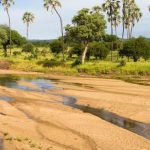
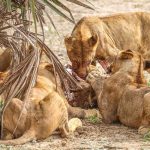
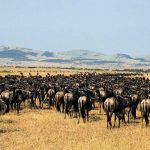
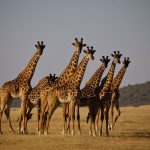

African Ratel Safari is a local safari and trekking company dedicated to providing unforgettable adventures in Tanzania.
WhatsApp us